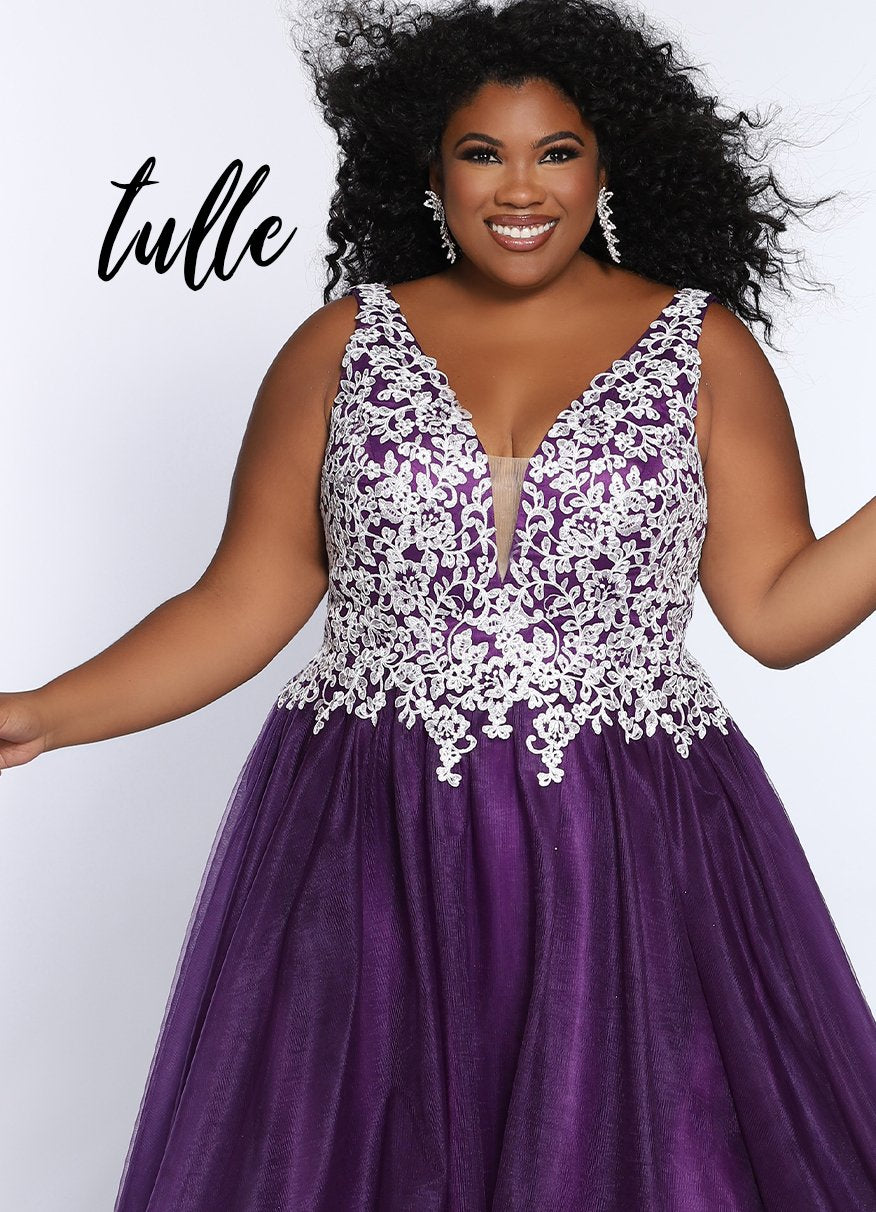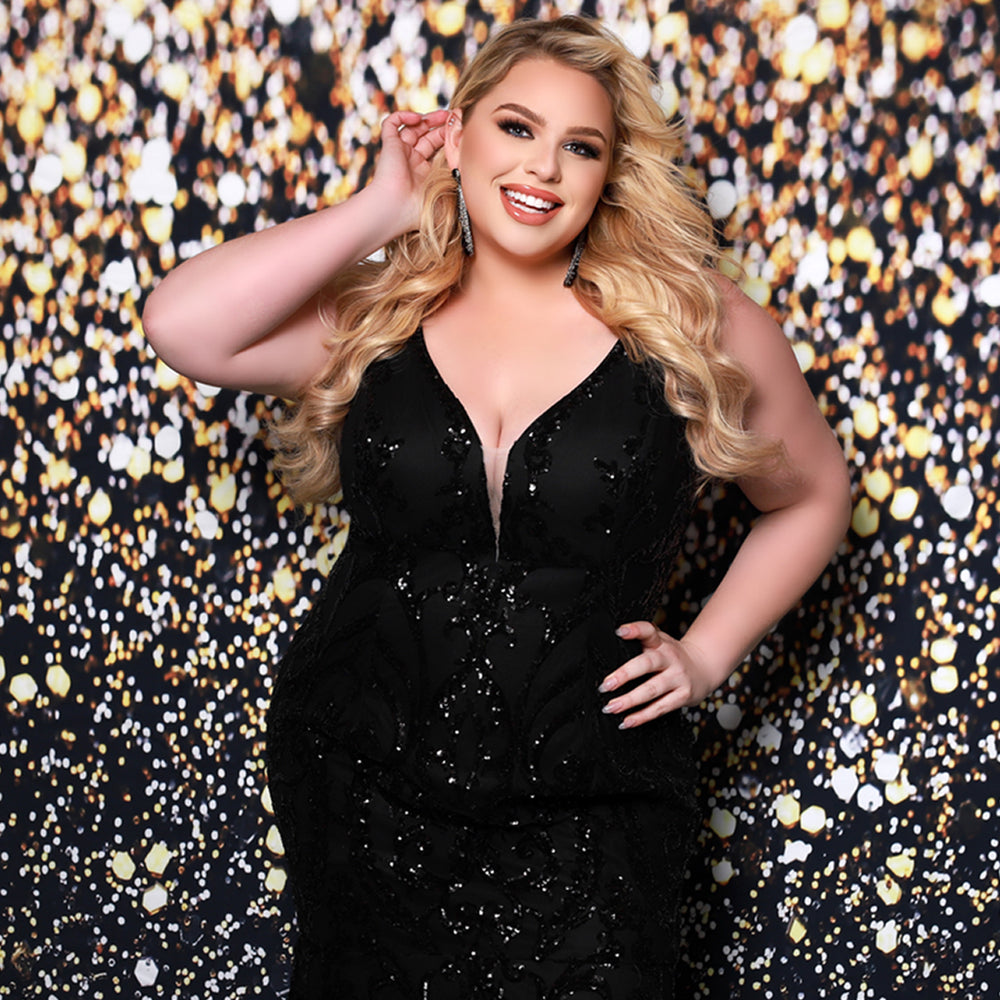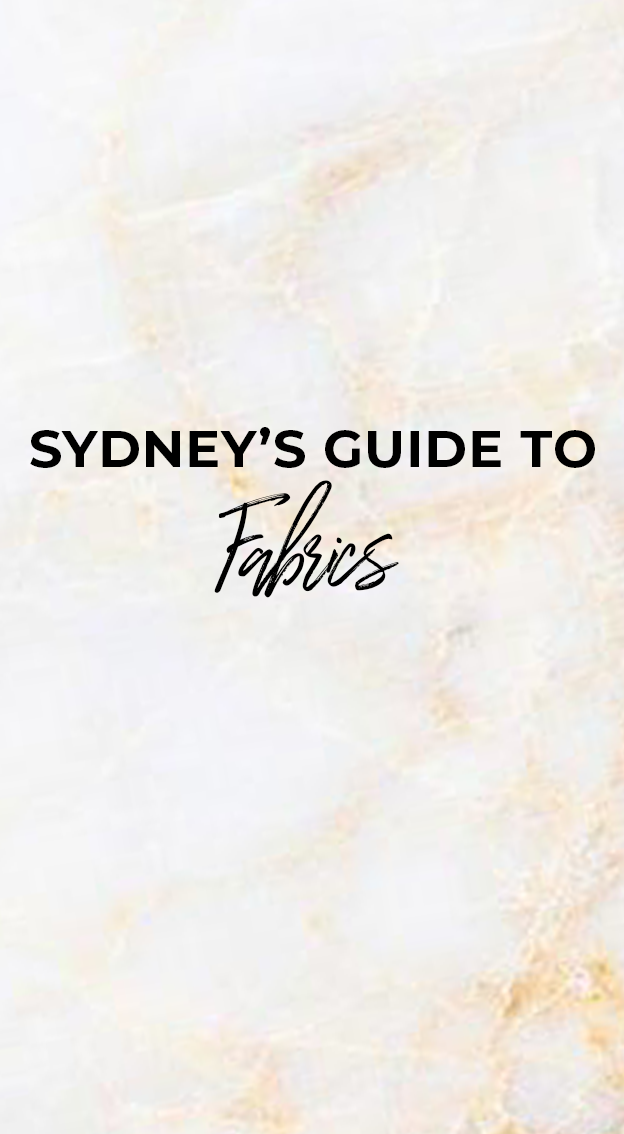Fabric mystifies many women and teens shopping for formal dresses to wear to special occasions like Prom and Weddings. No wonder! You'll find dozens of fine fabrics for special occasion dresses for the wedding, Prom, formal or cocktail dress of your dreams.
Our Fabric Guide makes it easy to learn all about the fabrics for: wedding gowns, informal wedding dresses, bridesmaid dresses, Prom dresses, evening dresses, cocktail, and party dresses.
Remember: select a fabric that flatters your figure and fits the style and setting for your special occasion and time of year.
Choices: Planning a winter wedding or a fall wedding? Think heavier, thicker (and warmer!) fabrics: satin, taffeta, brocade and velvet. Planning a spring wedding or a summer wedding? Go for lighter, thinner (and cooler!) fabrics: silk charmeuse, organza and chiffon. Keep in mind each formal dress fabric creates a distinctive look and feel and sets the fashion tone, feel, and mood for the entire bridal party!
Cost: Fabric choices also influence price and can drive up the cost of a special occasion dresses very quickly, especially a plus size gown that takes more yardage to sew. Looking to pay less for your dress? Then it's best for you to stick with man-made fibers like polyester, rayon, nylon, satin and lace. Natural fibers, such as silk, always cost more for formal evening and bridal wear.
Bridal Satin: an ultra smooth fabric made from synthetic fibers in a tight weave that creates a luxurious shine. Widely available in silk, polyester, acetate, and rayon.
Brocade: a heavy, thick jacquard fabric with an overall interwoven pattern or floral design that is raised. Brocade can give your dress a rich feel and exquisite look as though the gown was created for royalty.
Charmeuse: a widely popular lightweight fabric made of silk or polyester that creates a soft luster and satin like appearance. Drapes with great grace. Often used as a lining.
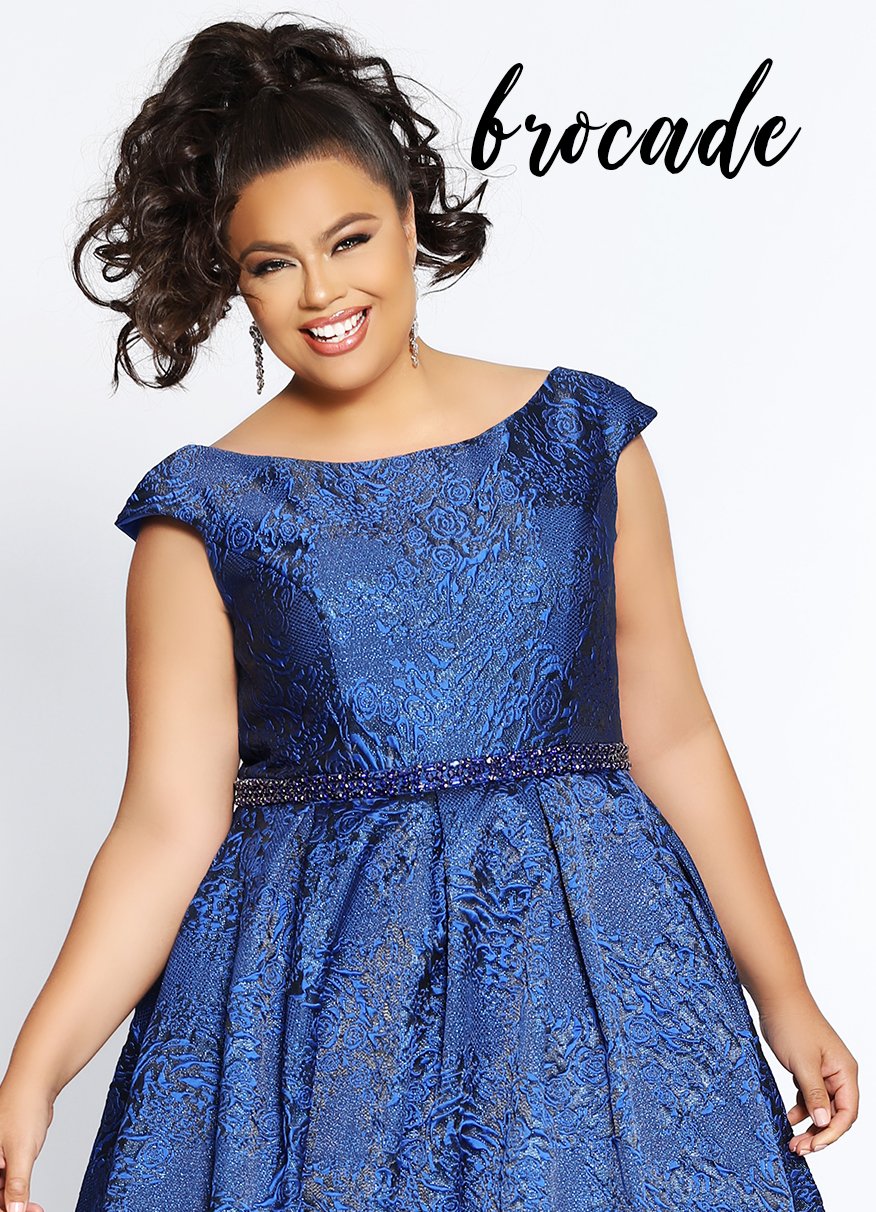
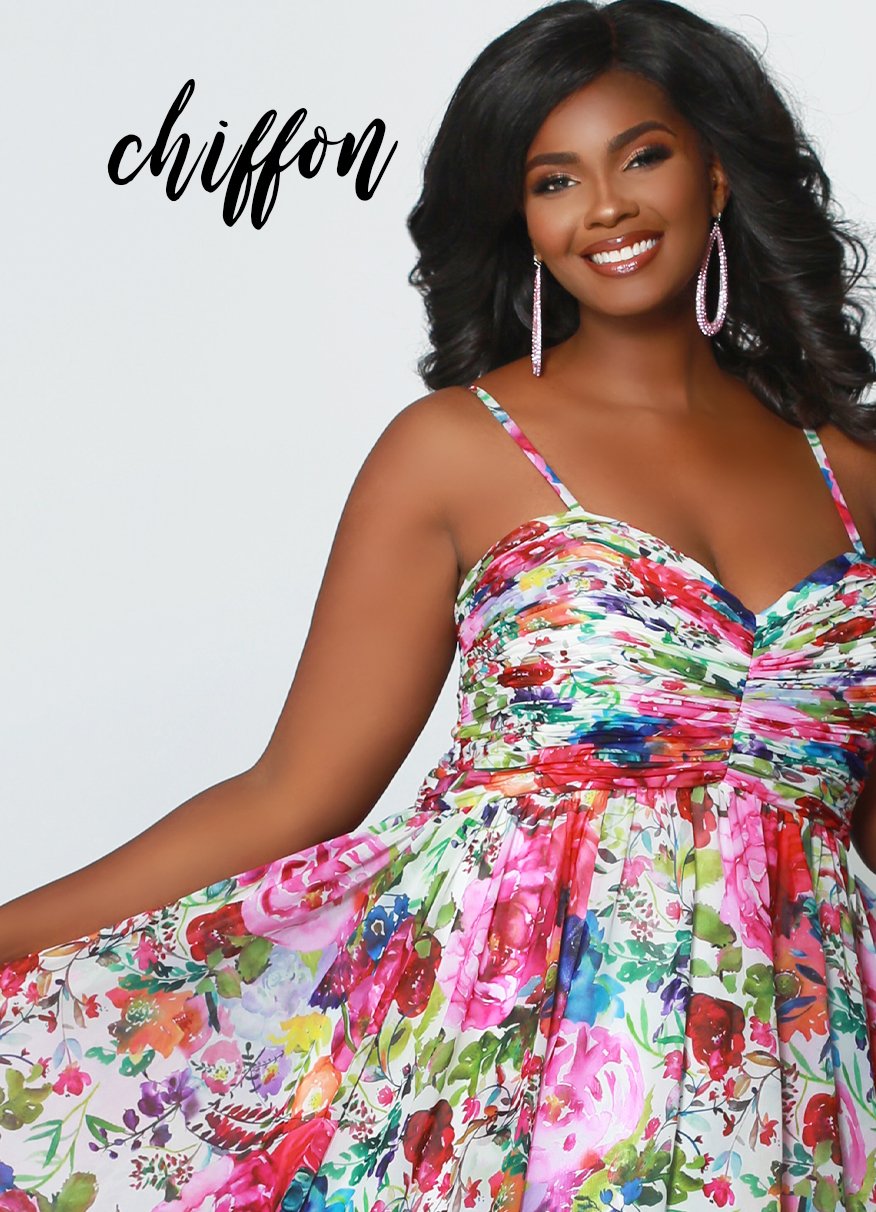
Crepe: covers a wide range of fabrics including synthetics and silk identified by a grainy surface that can crinkle or crimp. Creates a sophisticated and clean line when sewn.
Crepe back satin: a light to mid-weight reversible fabric: smooth, high luster satin weave on one faces; dull crepe weave backing on other face. Both sides can be used giving you the option of a shiny side or a matte side.
Chiffon: lightweight, sheer and transparent fabric with soft feel and delicate look. Ideal for flowing designs. Season-less fabric and a long-time favorite for evening wear, especially Mother of the Bride and Mother of the Groom dresses. Flows freely over your curves for a flattering fit.
Crushed Velvet: thick pile of different heights make this woven fabric have a crushed look. Added elegance: glimmers in certain light. Take note: crushed velvet for evening typically is worn from early November to early March when the weather is colder. Most women find it is unsuitable during Spring and Summer. It's just too hot to wear when the temperature climbs above 50 degrees F.
Crepe de Chine: Softer and shiner than crepe back satin and lighter in weight. Typically this fabric comes in rayon or silk.
Damask: distinctive fabric noted by soft sheen and woven pattern same color as the background, usually a floral design. Tends to be a thicker, heavier material.
Dupioni Silk: textured fabric with highly irregular weave, tiny nubs on surface and rich luster. Heavier and thicker texture than Shantung silk. Very elegant and rich looking!
Duchesse Satin: smooth, full bodied fabric with sheen often a mix of silk and man-made fibers such as polyester, acetate or rayon makes it a favorite for full or A-line skirts. Brides love this satin because it flows beautifully coming down the aisle.
Faille: stiff fabric with ribbed texture made from such fibers as polyester, cotton and silk.
Georgette: lightweight, sheer fabric often made from silk or man-made fibers such as polyester. More opaque than chiffon. Illusion: transparent, thin fabric typically used to create sheer sleeves, bodices, and backs.
Jacquard: soft and silky woven fabric with a pattern weave. Brocade and Damask are jacquard woven fabrics. This fabric exudes sophistication. It's timeless and classic.
Lace: delicate netting with fine embroidery often in such designs as flowers. The best quality lace is handmade. But machine-made lace made today can be exquisite and suitable to embellish with sequins, beads or pearls.
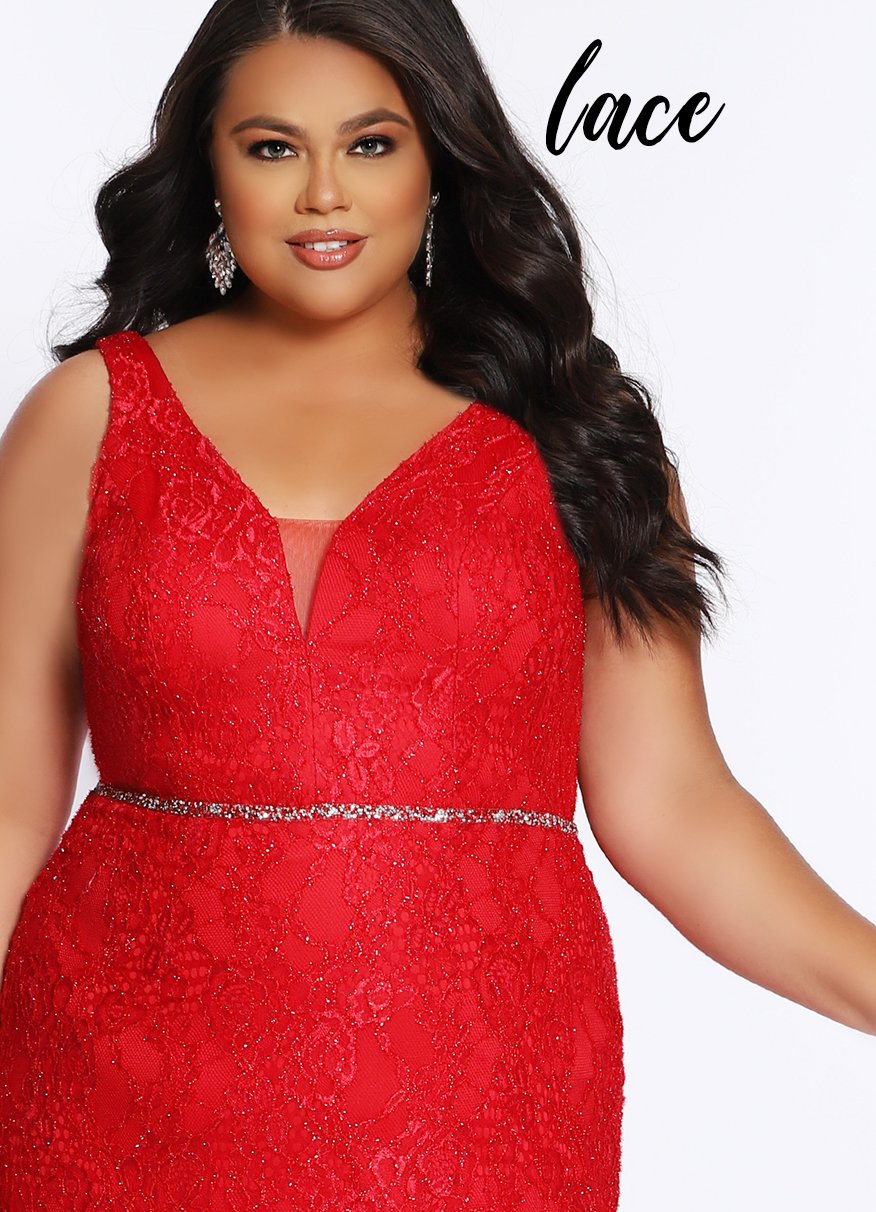
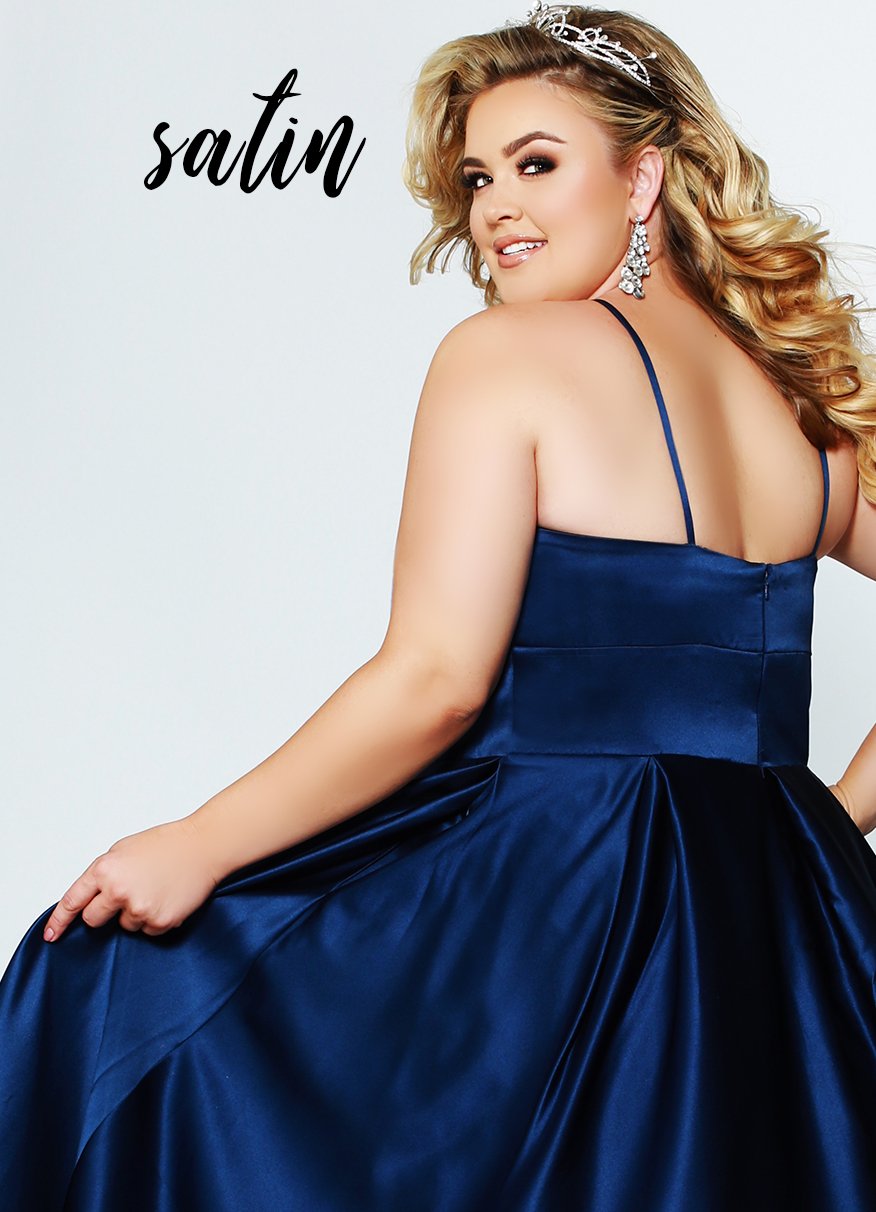
Linen: lightweight natural fabric made from flax fiber used for more casual clothing. Beware! Line wrinkles easily and is very difficult to pack.
Matte: refers to a smooth fabric without a shine or glass. Typically applied to satin.
Moiré: stiff fabric with a design woven in, creating a watermark effect usually of silk or polyester.
Organza: crisp, sheer, transparent and lightweight fabric made from silk, nylon, or polyester. Heavier and stiffer feel than chiffon works well in wedding gowns for overskirt.
Peau de soie: (French: skin of silk) medium to heavy fabric with a satin weave and dull luster. Very haute couture!
Peau Satin: heavy twill satin with a smooth finish and soft shine.
Satin: soft woven fabric with a lustrous smooth surface and back in a wide range of sheen making it very popular for formal dresses.
Silk: luxurious natural fiber woven from the fibers of silkworm cocoons that come in a variety of textures with finishes. Soft, elegant and strong.
Shantung: medium-weight, plain-weave fabric in silk or polyester with a nub feel and textured effect.
Taffeta: light to heavy synthetic fabric with body, crispness, and sheen. Smooth surface shines when hit by light. Adds stiffness to full skirts on ball gowns.
Tulle: Light, transparent and fine open weave netting often sewn for wedding veils and layered for ball gown skirts. Also used as net to create illusion bodices.
Velvet: luxurious heavyweight fabric woven with a cut pile finish made of silk, velvet or rayon. Finish creates a soft feel with subtle shine. Limited use as it is best to wear velvet in the Winter.
